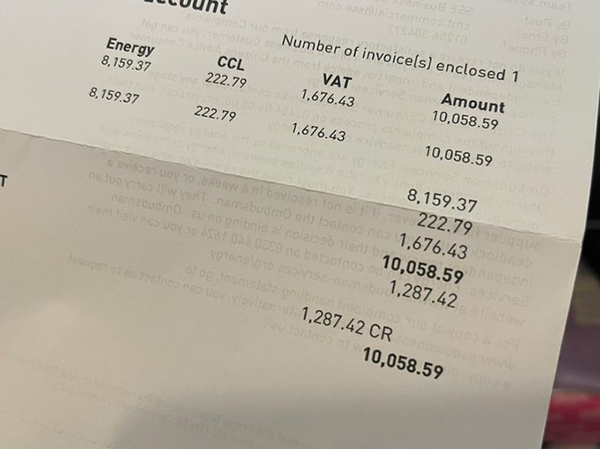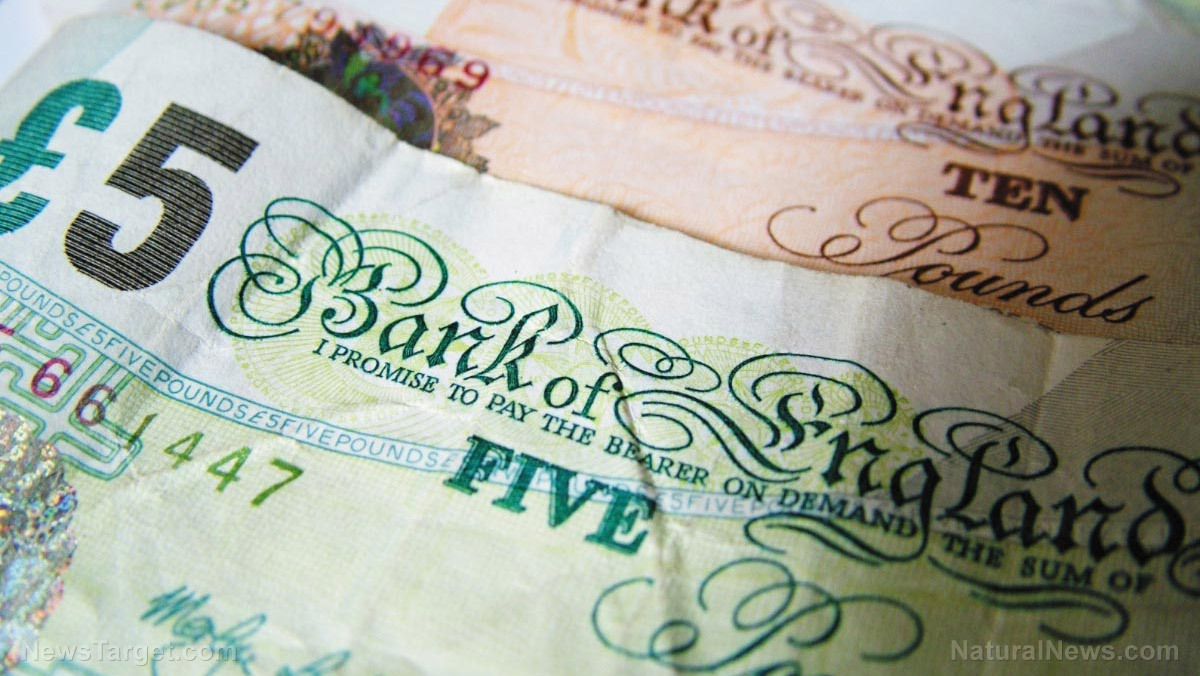Australia to overhaul payments system with digital currency issued by central bank
12/09/2021 / By Matthew Davis

Australia is planning to have a digital currency issued by its central bank and regulate the crypto market in a bid to overhaul how the nation’s consumers and businesses pay for goods and services.
Treasurer Josh Frydenberg stressed the need to reform Australia’s current framework to prevent Silicon Valley from determining the future of its payments system.
Frydenberg earlier said that the government will consider a digital version of cash that will be universally accessible. It will also consider a licensing framework that will allow crypto transactions within a regulated environment.
“These are significant shifts which we need to be in front of,” Frydenberg said.
The Reserve Bank of Australia and some of its biggest global peers are trying to come to terms with emerging payment technologies pioneered by tech giants, including China’s Ant Group Co.
Meta Platforms Inc.’s Diem project is building a global payments network to service its own stablecoin – digital assets that attempt to peg their value to something like the U.S. dollar – or central bank digital currencies.
The Australian Taxation Office pegged the number of Australians who transacted using digital assets in 2018 at 800,000. The figure is currently bigger.
There is no doubt that the rapid growth of cryptocurrencies, which are distinct from digital ones issued by central banks, poses a potential threat to monetary regimes and adding urgency to debates on handling cross-border money transfers. (Related: CRYPTO RESET coming – Nearly the entire crypto ecosystem appears to be based on DIGITAL fiat currency counterfeiting operations tied to communist China.)
Jonathan Miller, Australian managing director of crypto-exchange Kraken, said Australia needs to nurture the industry as a hub of innovation. However, Miller warned that any new regulation must not go overboard.
“What we’ve seen in other markets, where there’s too heavy a hand, is a rejection of the market,” he said.
Australia joined an experiment by the Bank for International Settlements on the use of central bank digital currencies aimed at creating a more efficient global payments platform. The proposed reforms are in response to three separate reviews of the nation’s payments system and similar developments in the U.K., Singapore and Canada.
The Reserve Bank of Australia clarified that its project examining the potential use of wholesale type of central bank digital currency using distributed ledger technology is directly opposed to the retail version proposed by the government. The RBA remained silent when asked whether it will launch a wholesale currency but stressed it would continue its research.
Six crypto companies to testify before Congress
In the U.S., the future of the crypto industry will be the topic of six cryptocurrency company leaders as they testify before the House Financial Services Committee. They will also tackle the necessary regulations for stablecoins.
According to Treasury Secretary Janet Yellen, stablecoin is well designed and has the “potential to support beneficial payments options.” Yellen, however, stressed the need for regulation.
“Current oversight is inconsistent and fragmented, with some stablecoins effectively falling outside the regulatory perimeter,” she said.
Stablecoin is different from cryptocurrencies like Bitcoin or Ethereum, which are mined by computers. Stablecoin derives its value from some underlying external assets, such as the U.S. dollar or the price of gold. Investors and companies are drawn to stablecoins because of their supposed price stability. In contrast, Bitcoin and other cryptocurrencies are known for being volatile.
U.S. dollar can be converted to stablecoins which can also be used to buy and sell cryptocurrencies on exchanges. Beginners are attracted to stablecoins because many exchanges don’t charge trading fees between U.S. dollars and stablecoin. More than $150 billion worth of stablecoins are up in circulation presently.
The current leading stablecoins include: Tether, USD Coin and Binance USD.
But with no regulations currently in place to monitor stablecoin reserves, the cryptocurrency had run-ins with the authorities. In February, New York State Attorney General Letitia James accused Tether and crypto exchange Bitfinex of hiding “massive losses.” The companies agreed to pay a combined total of $18.5 million in fines.
Follow CryptoCult.news for more news related to cryptocurrency.
Sources include:
Submit a correction >>
Tagged Under:
America, Australia, big government, Binance, bitcoin, Bubble, central bank, crypto market, cryptocurrency, digital currency, payment technologies, Stablecoin, Tether, USD Coin
This article may contain statements that reflect the opinion of the author
RECENT NEWS & ARTICLES
COPYRIGHT © 2017 RISK NEWS





















